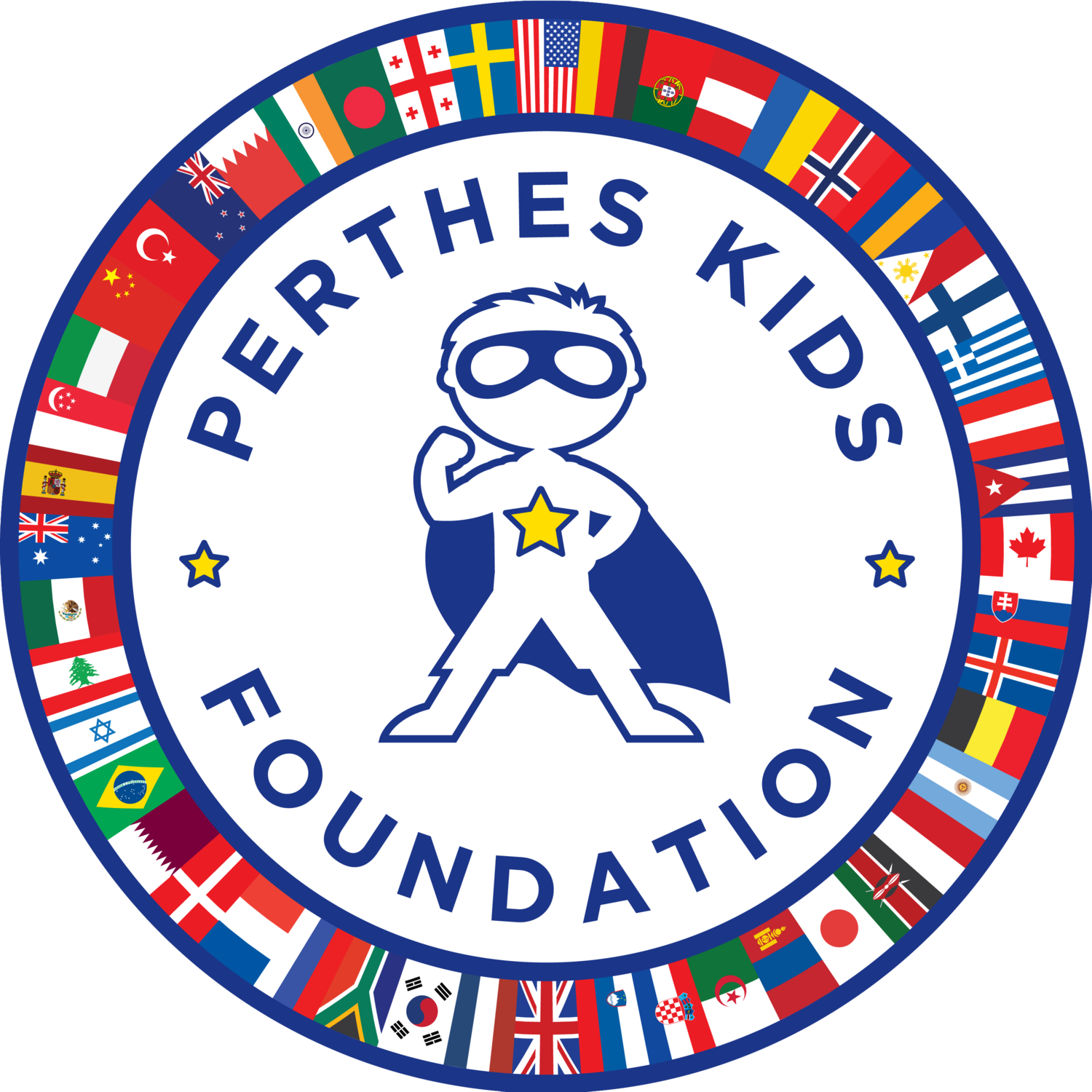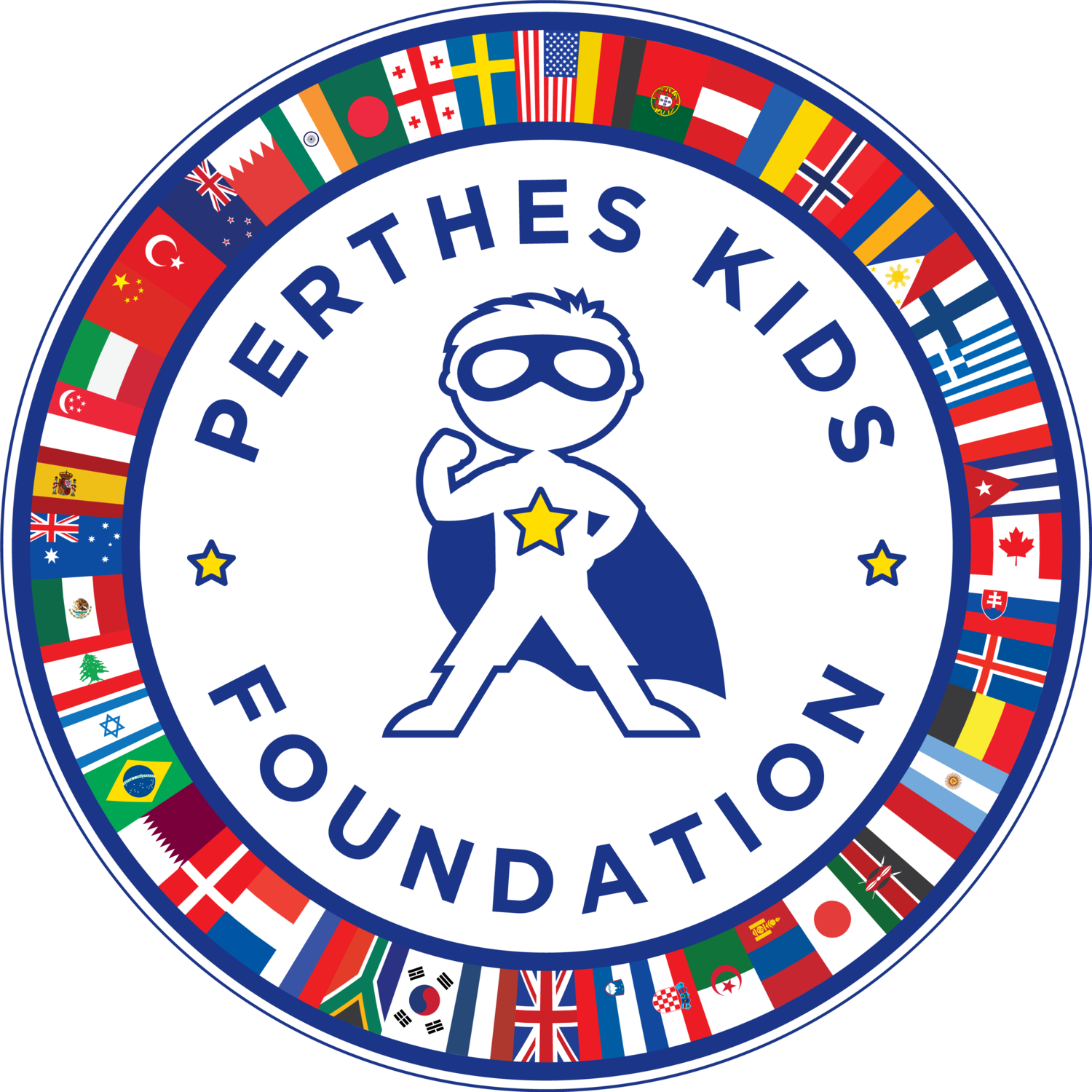Perthes Treatments
Since bone healing and regrowth potentials change with age, children that develop Legg-Calvé-Perthes at a certain age should receive treatment appropriate to their age group and treatments on this site are described based on the age of the child. For example, younger children have more healing potential and more time to regrow their bone than older kids and may need less aggressive treatment. Additionally, children with less area of the femoral head affected by the loss of blood flow have less diseased bone to heal than kids with more severe cases. There may be instances for each age group where a treatment more commonly used in other age groups may be recommended.
No “One Way” Method
Perthes disease/condition can be quite different for each child. It is treated in numerous ways depending on the age of diagnosis, how severe the hip damage, the child’s body-type, and other stage factors of the Perthes process. There is no “one way” or “cure all” method for treating and/or managing Perthes. Because of this, there can sometimes be a “wait and see” or an “overall” approach to Perthes, so that a doctor can properly gauge how the hip is doing, in order to offer the best treatments at different stages. See bottom of page for a sample list of surgical/non-surgical treatments for Perthes.
UNDER AGE 6
Most children who are diagnosed with Perthes disease before the age of 6 have a favorable long term outcome regardless of the treatment. Most doctors recommend some activity restrictions, avoiding impact activities like running and jumping, while still allowing biking and swimming. Sometimes physical therapy is recommended to help with stretching and to minimize muscle weakness. Anti-inflammatory drugs may be used occasionally to help decrease pain in the hip. However, daily use of an anti-inflammatory drug may hinder bone formation. Wheelchairs and temporary bed rest may also be used to rest the hip.
In hips that are very stiff or have more serious involvement, surgery may be recommended. Often it involves injecting dye into the hip (also known as hip arthrography) and then moving the hip while looking at it with an x-ray machine when the kids are under anesthesia. Cutting of a tight tendon in the groin, also known as a tenotomy, followed by placing two casts (also known as Petrie casts) with a bar between them in the shape of an “A” as shown below helps to increase hip joint mobility and decrease inflammation. In rare cases, cutting the bones to reposition the hip is utilized.
AGES 6 - 8
This age group has the largest variability in treatment options. This age group also has the greatest variability in long term outcome with some kids doing very well and others developing degenerative arthritis.
Some kids will have milder cases of Perthes that can be treated with activity restrictions, physical therapy and anti-inflammatory medication. Temporary bed rest or decreased weight bearing with a wheelchair or crutches can also be used to decrease the pressure on the hip and the hip joint irritation.
In more moderate cases with a very stiff hip, soft tissue surgery to increase hip joint mobility and casting to rest the hip are recommended. The surgery may involve injecting dye into the hip joint and then moving the hip while looking at it with an x-ray machine (called hip arthrogram). Cutting of a tight tendon in the groin, also known as a hip adductor tenotomy, followed by placing two casts (called Petrie casts) with a bar between them in the shape of an “A” helps to increase leg spreading (i.e. hip abduction) and decrease inflammation. These Petrie casts are commonly worn for 6 weeks and then followed with a brace called A-frame that keeps the legs spread apart but allows kids to walk with assistance.
Unfortunately, many kids in this age group have more severe involvement and benefit from more extensive surgery. An osteotomy involves cutting one of the bones around the hip. This allows the hip to be repositioned for optimum healing. A femoral osteotomy means the cut is in the thigh bone and a pelvic osteotomy means the cut is in the socket bone above the hip. Both surgeries are meant to put the hip in a better position to get rounder healing of the ball joint. Plates and screws are commonly used to hold the cut bones and cast may be placed to protect the surgery. Physical therapy after surgery may be used to strengthen the muscles and maintain mobility. The plates and screws are routinely removed once the hip is healed.
AGES 8 AND OLDER
Kids diagnosed with Perthes after age 8 have the most guarded long term outlook. The natural history, or what would happen if nothing is done, is generally poor unless the disease is mild. Therefore surgery is frequently recommended.
Surgical treatment involves cutting one of the bones around the hip, and is called an osteotomy. A femoral osteotomy (shown below) means the cut is in the thigh bone (also called femur) and a pelvic osteotomy means the cut is in the socket bone above the hip. Both surgeries are meant to put the hip in a better position to promote round healing of the ball joint. Plates and screws are commonly used to hold the cut bones and casts are placed to protect the surgery. Physical therapy after surgery may be used to strengthen the muscles and maintain mobility. The plates and screws are routinely removed once the hip is healed.
Some cases are so severe that simply cutting the bones does not allow the hip to be repositioned. A device outside the skin with pins connected to the thigh and socket bone can be used to help pull the bones apart and then allow them to be repositioned for the best fit. This is called a hip joint distraction with an external fixator. The external fixator may have hinges to allow some hip movement or may be solid not allowing movement. The external fixator is gradually adjusted until the hip is in the best position possible. The hip is then left in this “best fit” position for about 4 months to allow for healing. Physical therapy during the healing process and after the fixator is removed are very important. Some surgeons recommend doing the hip joint distraction surgery early to protect the ball part of the hip joint. Usual duration of hip joint distraction is about 3-4 months. Alternative options of treatment, such as multiple epiphyseal drilling or femoral head tunneling are also being tried at some centers. However, the effectiveness of hip joint distraction and multiple epiphyseal drilling is not established and is being studied by the International Perthes Study Group.
Thank you Tasha for creating and sharing this video with us. To see more of her story and other Perthes Kids, visit our Perthes Kids Foundation official Instagram account, which is actually RUN BY KIDS (including Tasha, Madi, Jesse, Ainsley, Wyatt, Cameron & others) with Legg-Calvé-Perthes disease. Please give them a follow. It is quite entertaining!
ROM Stretching Exercises for Perthes
Surgical & Non-Surgical Treatments:
Anti-Inflammatory Medications
Newington Brace
Toronto Orthosis
Scottish Rite Orthosis
Atlanta Brace
Broomstick Plasters
Petrie Cast
Birmingham Orthosis
Crutches/Walker
Core Decompression
Wheelchair
External Fixator
Conventional Calipers
Snyder Slings
Tractions
Tendon Lengthening
Hip Distraction
Shelf Procedure
Tenotemy
Femoral Osteotomy
Innominate Osteotomy
Bisphosphates
Physiotherapy
Other
*Boston Children’s Hospital website also has an informative list of treatment methods for Perthes.




